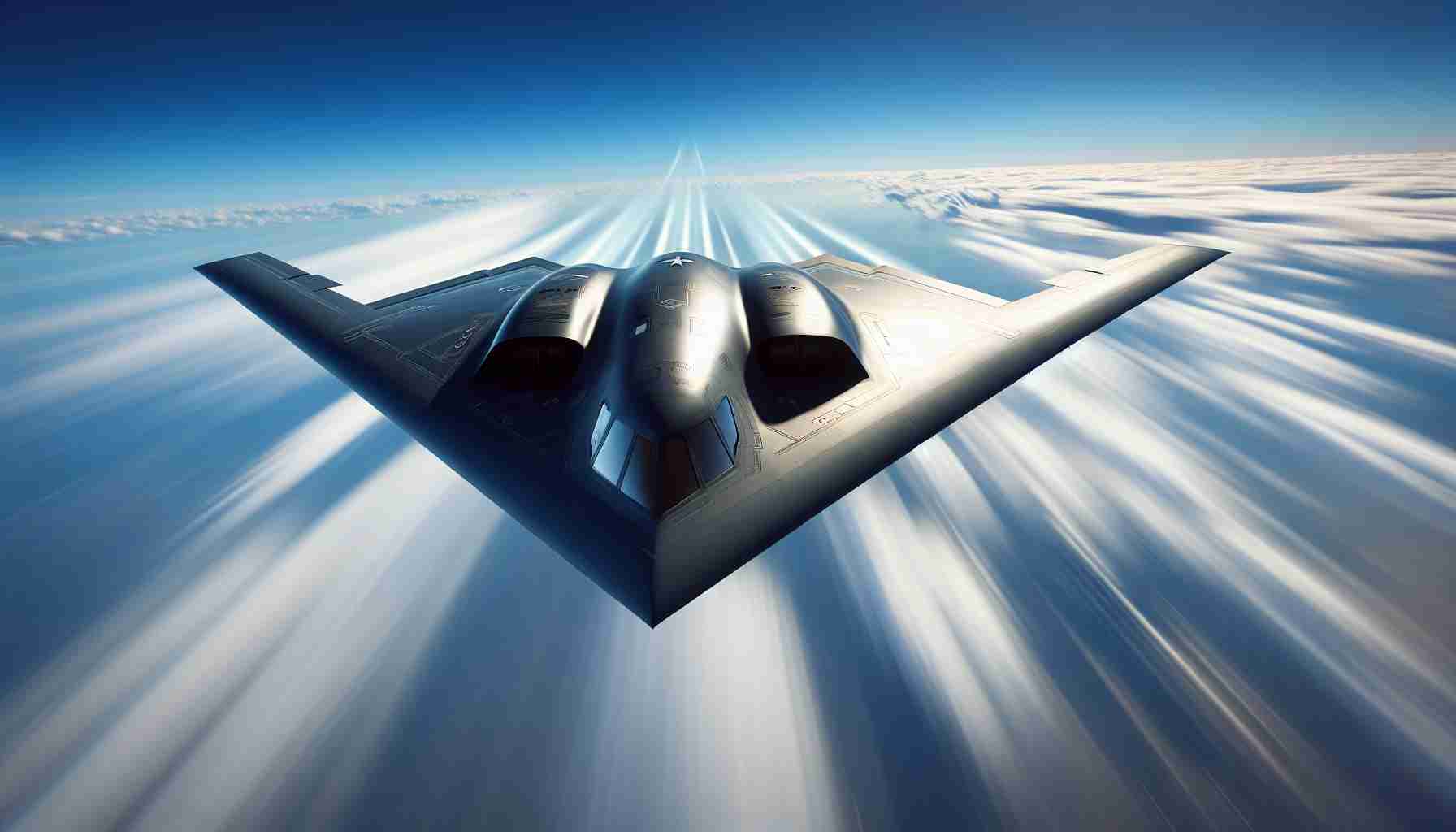The B-2 Spirit, one of the most advanced military aircraft in the world, is renowned not just for its striking stealth capabilities but also for its impressive performance metrics, including its top speed. Developed by Northrup Grumman for the United States Air Force, the B-2 is a strategic stealth bomber designed for penetrating dense anti-aircraft defenses. Understanding the top speed of this aircraft is critical for analyzing its operational effectiveness in diverse combat scenarios.
The B-2 Spirit has a top speed of approximately 630 miles per hour (1,015 kilometers per hour). While this speed may not seem extraordinary when compared to other conventional fighter jets, the true advantage of the B-2 lies in its stealth technology and its ability to deliver both conventional and nuclear payloads deep into enemy territory undetected. The aircraft’s unique flying wing design minimizes its radar signature, which is a key component of its operational strategy.
Incorporating cutting-edge technology, the B-2 employs state-of-the-art materials and coatings that absorb radar waves, enhancing its survivability in hostile environments. This feature allows it to exploit its speed effectively, as it can quickly engage targets while evading contemporary defense systems. The aircraft’s range is another significant aspect of its capabilities, with a maximum operational range exceeding 6,000 nautical miles (around 11,100 kilometers) without refueling, which provides exceptional flexibility for long-range missions.
The B-2’s speed and stealth capabilities are complemented by its advanced avionics and navigation systems. Equipped with a sophisticated suite of sensors, the B-2 can gather crucial battlefield intelligence and make informed decisions while in flight. Its ability to operate at high altitudes allows for precision targeting, reducing collateral damage and increasing the effectiveness of strikes.
Importantly, the B-2 Spirit’s role in the U.S. military extends beyond sheer speed; its missions often involve delivering precision-guided munitions against high-value targets. The combination of speed, stealth, and payload capacity—allowing it to carry up to 40,000 pounds (18,144 kilograms) of ordnance—makes the B-2 an essential asset in the United States’ strategic bombing capability.
In summary, while the top speed of the B-2 Spirit is approximately 630 miles per hour, it is the aircraft’s integration of stealth, range, and advanced technologies that truly define its operational strength. As the military landscape continues to evolve, the B-2 remains a cornerstone of America’s aerial defense strategy, demonstrating that in modern warfare, speed is just one element of a much larger and more complex picture.
Unlocking the Secrets of the B-2 Spirit: Tips, Hacks, and Fascinating Facts
The B-2 Spirit is not just an aircraft; it’s a marvel of engineering that represents a significant leap in military technology. Here are some tips, life hacks, and interesting facts related to this iconic stealth bomber that can expand your understanding and appreciation of its capabilities.
1. Understand the Importance of Stealth
When analyzing the B-2 Spirit, appreciate that its stealth technology is its most significant asset. Understanding how radar-absorbing materials and a unique design work together can give you insights into modern military strategy. Consider reading more about the Air Force’s technological advancements to grasp how innovations shape aerial combat.
2. Explore the Science Behind the Design
The flying wing design of the B-2 is not just aesthetically unique; it significantly reduces drag and enhances stability. Investigating the principles of aerodynamics can provide a deeper understanding of why this design is advantageous. Websites like NASA have resources about aerodynamics and aircraft design.
3. Learn About Advanced Avionics
The avionics and navigation systems aboard the B-2 are advanced and crucial for mission success. By studying the evolution of military avionics, you can grasp how technology enhances operational capabilities. Check out Jane’s Defense for current trends in military technology.
4. Consider the Role of Range in Missions
The B-2 Spirit’s operational range of 6,000 nautical miles allows it to conduct long-range missions without refueling, offering strategic advantages in warfare. Understanding the implications of range in military operations can help one appreciate the B-2’s strategic roles in various conflicts. The Department of Defense provides many resources on military strategy and logistics.
5. Harness Historical Context
To fully appreciate the B-2 Spirit, consider exploring its historical context. Research its development during the Cold War and its deployment in various conflicts since. Understanding the geopolitical landscape during its inception can enhance your knowledge of modern military strategy. Visit the National Museum of the U.S. Air Force to discover the history of aircraft like the B-2.
6. Explore Innovations in Payload Capacity
The fact that the B-2 can carry 40,000 pounds of ordnance opens up numerous tactical options. Investigating the types of munitions it can carry—ranging from precision-guided bombs to nuclear weapons—will give you unique insights into its versatile role in modern warfare. The U.S. Army’s website has information on current military munitions.
7. Stay Updated on Future Innovations
As technology continues to advance, so does the potential for next-generation aircraft. Staying informed through reputable defense news sources will provide insights into upcoming military technologies that may revolutionize future aerial combat. Check out Defense News for the latest developments.
In conclusion, the B-2 Spirit is a fascinating subject of study, representing not just the pinnacle of stealth and speed but also the integration of complex technologies in modern warfare. By delving into various aspects of its design, capabilities, and historical significance, you can appreciate why it remains a critical component of the U.S. Air Force.
















